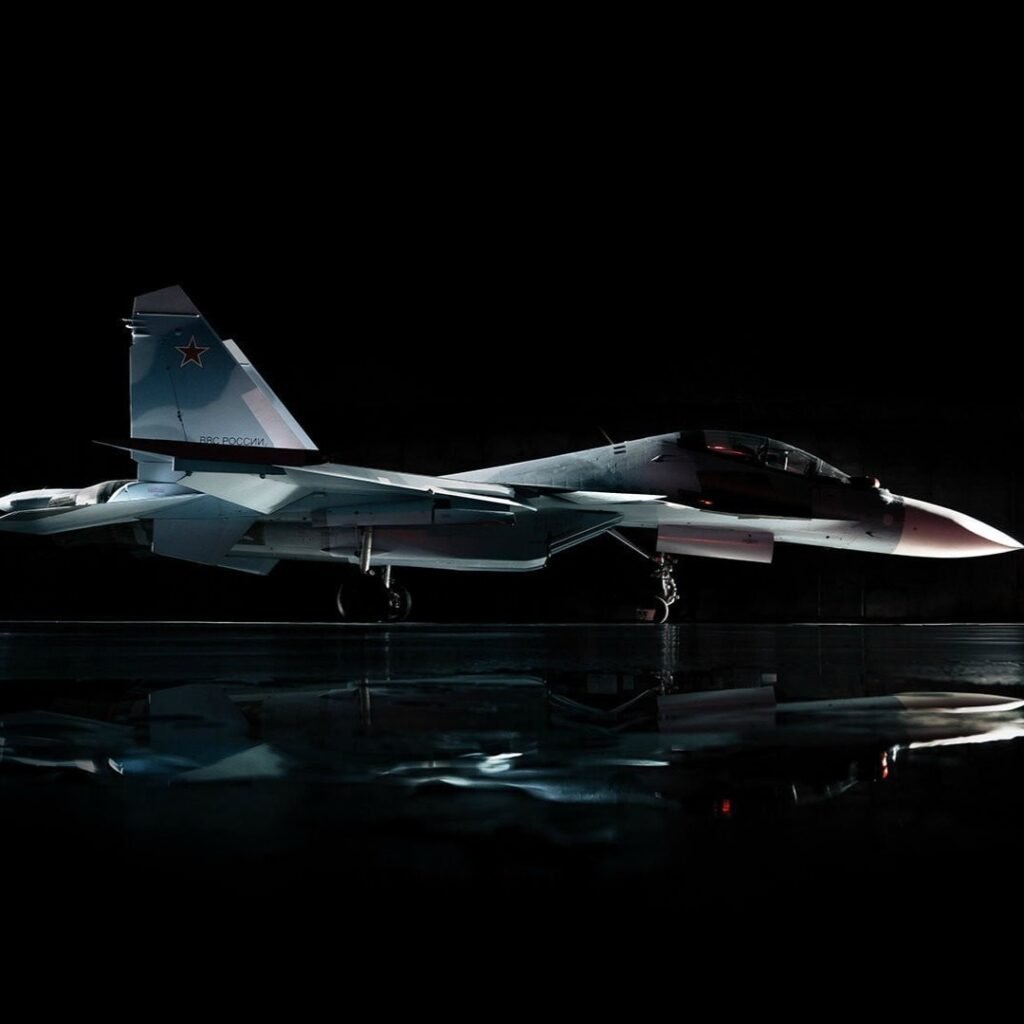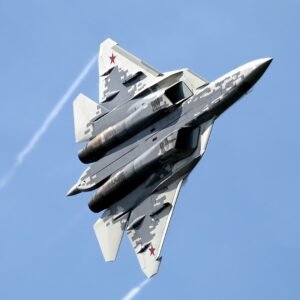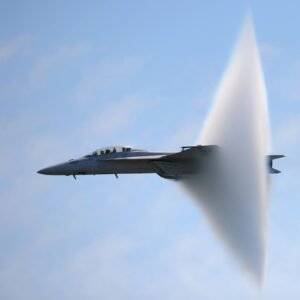Introduction of Super Sukhoi 30 MKI Fighter Jet
The Sukhoi Su-30MKI is a twin-jet multirole air superiority fighter developed by Russia’s Sukhoi Corporation and built under license by India’s Hindustan Aeronautics Limited. The aircraft is a variant of the Su-30 and is specifically tailored to meet the Indian Air Force’s requirements. The Super Sukhoi 30 MKI, also known as the “Flanker-H,”. It is a highly advanced and capable aircraft that has been in service with the Indian Air Force since 2002.
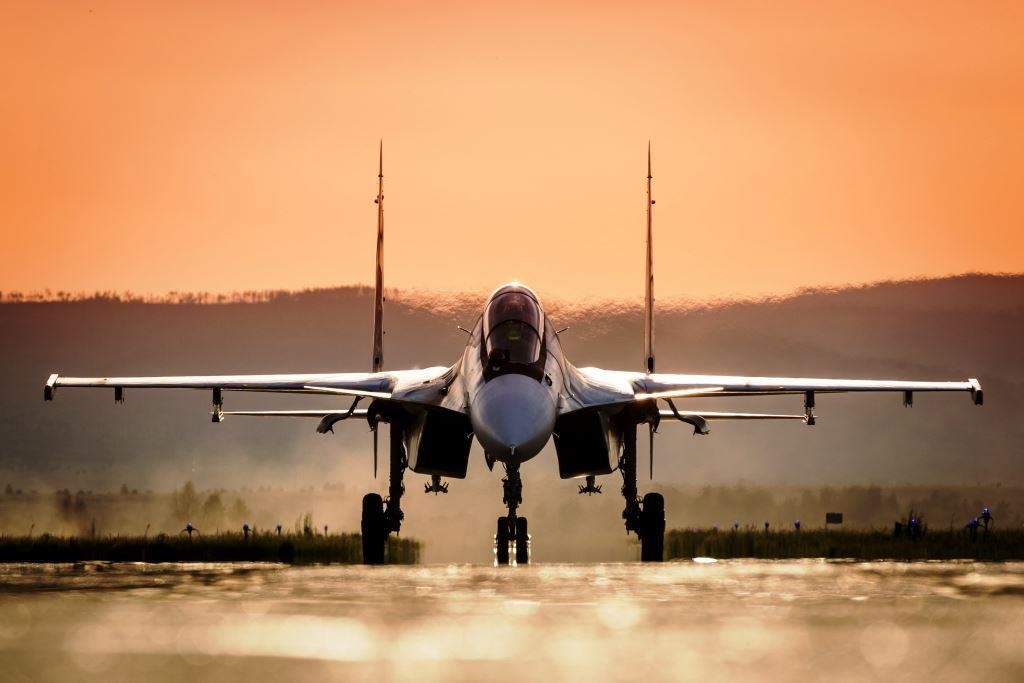
One of the key features of the Su-30MKI is its super maneuverability. The aircraft is equipped with thrust vectoring engines. It allows it to perform extreme maneuvers such as the “Cobra” and the “Bell,” typically only seen in demonstration flights. This gives the Su-30MKI a significant advantage in air-to-air combat, allowing it to outmaneuver and evade enemy fighters.
The Super Sunkhoi 30MKI is also equipped with a wide array of advanced avionics and sensors. The aircraft features a multi-mode radar, a helmet-mounted sight, and a passive electronically scanned array radar. These systems provide the Su-30MKI with a high degree of situational awareness. This jet allows it to detect and track multiple targets at long ranges.
In addition to its air-to-air capabilities, the Su-30MKI is also a formidable air-to-ground platform. The aircraft can carry a wide range of air-to-ground weapons. It is precision-guided munitions and is capable of performing a variety of missions such as a ground attack, surveillance, and electronic warfare.
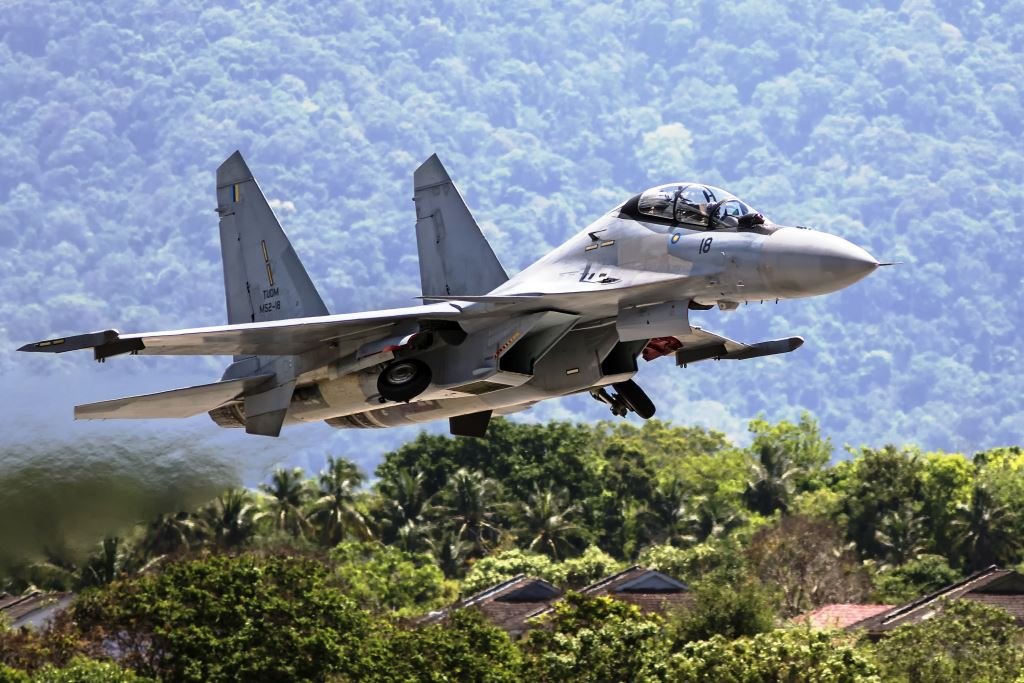
The Su-30MKI has been widely exported, with several countries including Indonesia, Vietnam, and Malaysia operating the aircraft. India has placed an order for more Su-30MKI, with plans to induct more than 270 aircraft.
What are The General Characteristics of Super Sukhoi 30 MKI?
Some of the general characteristics of the Su-30MKI include:
Design & Performance:
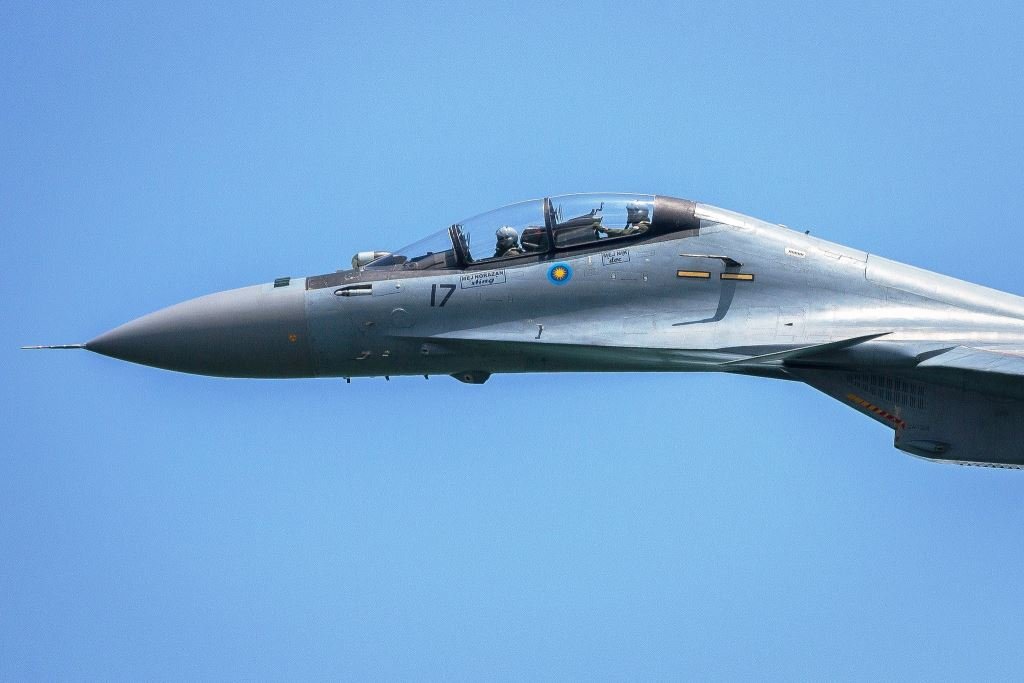
- Twin-jet design: The Su-30MKI features two turbofan engines that provide it with a high thrust-to-weight ratio, enabling it to perform high-speed maneuvers and operate at high altitudes.
- Super maneuverability: The aircraft is equipped with thrust vectoring engines that allow it to perform extreme maneuvers such as the “Cobra” and the “Bell,” giving it a significant advantage in air-to-air combat.
- Advanced avionics and sensors: The Su-30MKI features a multi-mode radar, a helmet-mounted sight, and a passive electronically scanned array radar, providing it with a high degree of situational awareness.
- Air-to-air and air-to-ground capabilities: The Su-30MKI is a highly capable air-to-air fighter with a wide range of air-to-ground weapons and can perform a variety of missions such as a ground attack, surveillance, and electronic warfare.
- Long-range: The Su-30MKI has a range of around 3,000 km, making it one of the most far-reaching fighters in the world.
- Large payload capacity: Su-30MKI can carry up to 8,000 kg of weapons on 12 hardpoints.
- Two-seat configuration: The Su-30MKI has a two-seat cockpit, allowing for a weapon systems operator to assist the pilot in operating the aircraft’s advanced avionics and weapons systems.

Specification:
- Crew: 2 (pilot and weapon systems operator)
- Length: 21.9 meters
- Wingspan: 14.7 meters
- Height: 6.4 meters
- Empty weight: 18,500 kg
- Max takeoff weight: 38,800 kg
- Engine: 2 x AL-31FP turbofan engines
- Thrust: 12,500 kilogram-force per engine
- Maximum speed: 2,120 km/h
- Service ceiling: 17,300 meters
- Range: 3,000 km
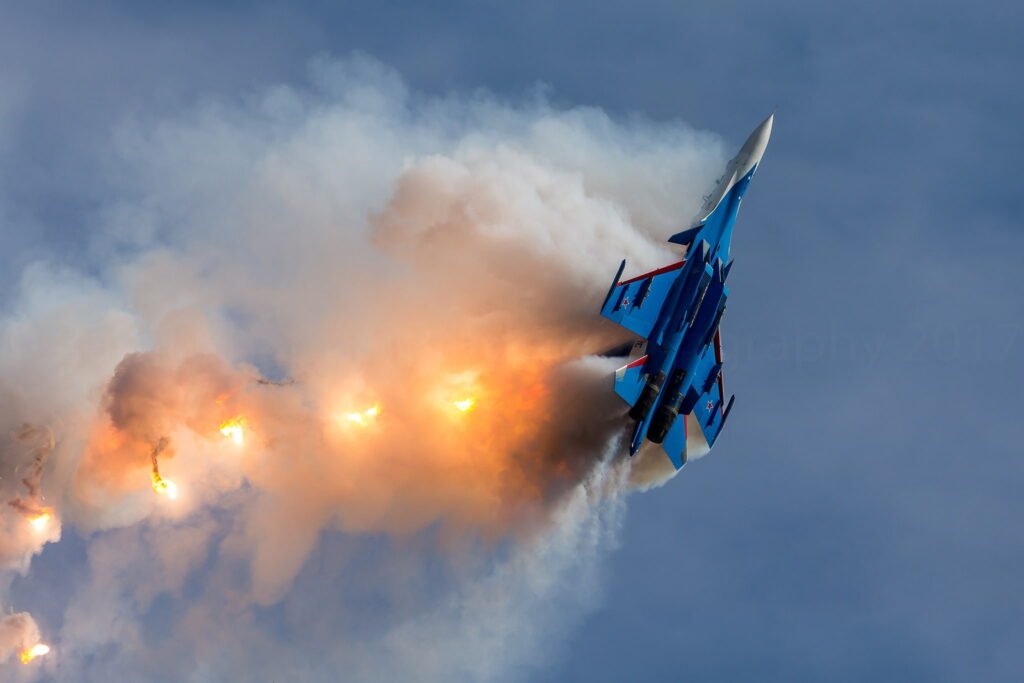
Armors:
Supporting Armors:
- Electronic Warfare (EW) Suite: The Su-30MKI is equipped with an advanced electronic warfare (EW) suite that provides it with the ability to detect and jam enemy radar and communications signals.
- Self-Protection Jammer (SPJ): The aircraft is also equipped with a self-protection jammer (SPJ) that is designed to protect it against enemy radar-guided missiles.
- Infrared Search and Track (IRST): The Su-30MKI is equipped with an infrared search and track (IRST) system that allows it to detect and track heat-emitting targets, such as other aircraft, even in the absence of radar returns.
Carry Armors:
- Air-to-Air Missiles: The Su-30MKI is equipped with a variety of air-to-air missiles, including the R-77, R-73, and the Astra missiles. These missiles provide the aircraft with the capability to engage a wide range of targets, from other aircraft to cruise missiles and drones.
- Air-to-Ground Missiles: The Su-30MKI is also equipped with a variety of air-to-ground missiles, including the Kh-59ME, Kh-31A, and the BrahMos cruise missiles. These missiles provide the aircraft with the capability to strike ground targets with precision.
- Bombs: The Su-30MKI can carry a wide range of bombs, including the KAB-500Kr, KAB-1500Kr, and the FAB-1000. These bombs provide the aircraft with the capability to strike ground targets with a high degree of accuracy.
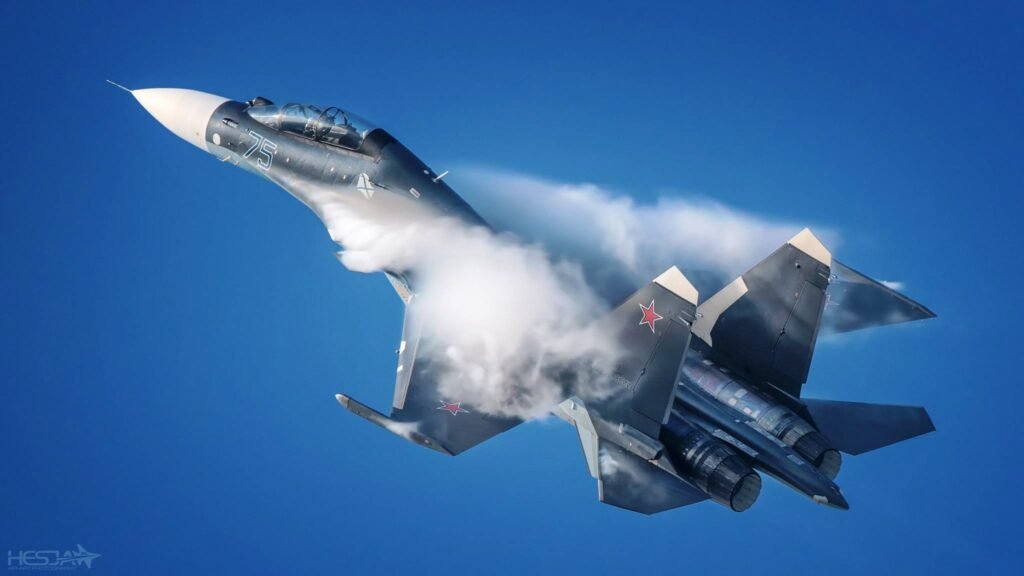
The Su-30MKI can carry a variety of other weapons such as rocket pods, air-to-air refueling pods, and reconnaissance pods. All of these armor and weapons systems are integrated into the aircraft’s advanced avionics and sensor suite, allowing the pilot and weapon systems operator to employ them effectively in different scenarios.
Super Sukhoi 30 MKI Generation
The Su-30MKI is considered a fourth-generation plus fighter, as it features some 5th generation features such as advanced avionics and sensors, super maneuverability, and long-range capabilities. The aircraft is considered one of the most advanced and capable fighters in the world. It is equipped with advanced avionics and sensor systems, such as a multi-mode radar, a helmet-mounted sight, and a passive electronically scanned array radar.

Super Sukhoi 30 MKI Variants
The Su-30MKI is a variant of the Su-30 and is specifically tailored to meet the Indian Air Force’s requirements. However, there are several other variants of the Su-30 that have been developed by Sukhoi and are in service with various countries:
- Su-30M2: This variant is an upgraded version of the Su-30MKI, featuring improved avionics and weapons systems. It is in service with the Russian Air Force.
- Su-30MK: This variant is similar to the Su-30MKI, but was developed for export to countries other than India. It is in service with countries such as Algeria and Vietnam.
- Su-30MKM: This variant is a further development of the Su-30MK and was developed for the Royal Malaysian Air Force.
- Su-30MKA: This variant is similar to the Su-30MKI, but was developed for export to countries other than India. It is in service with countries such as Algeria and Vietnam.
- Su-30MKV: This variant is a further development of the Su-30MK and was developed for Venezuela.
- Su-30SM: This variant is an upgraded version of the Su-30MKI, featuring improved avionics and weapons systems. It is in service with the Russian Air Force.

All these variants are based on the Su-30 airframe and share similar characteristics, but have been modified to meet the specific requirements of the countries that operate them. Each variant can have slightly different performance characteristics and weapon systems.
Sukhoi 30 MKI vs The F-16 Fighting Falcon
The Sukhoi Su-30MKI and the General Dynamics F16 Fighting Falcon are both highly advanced and capable aircraft that is well-suited for a wide range of missions. However, they have some distinct differences.
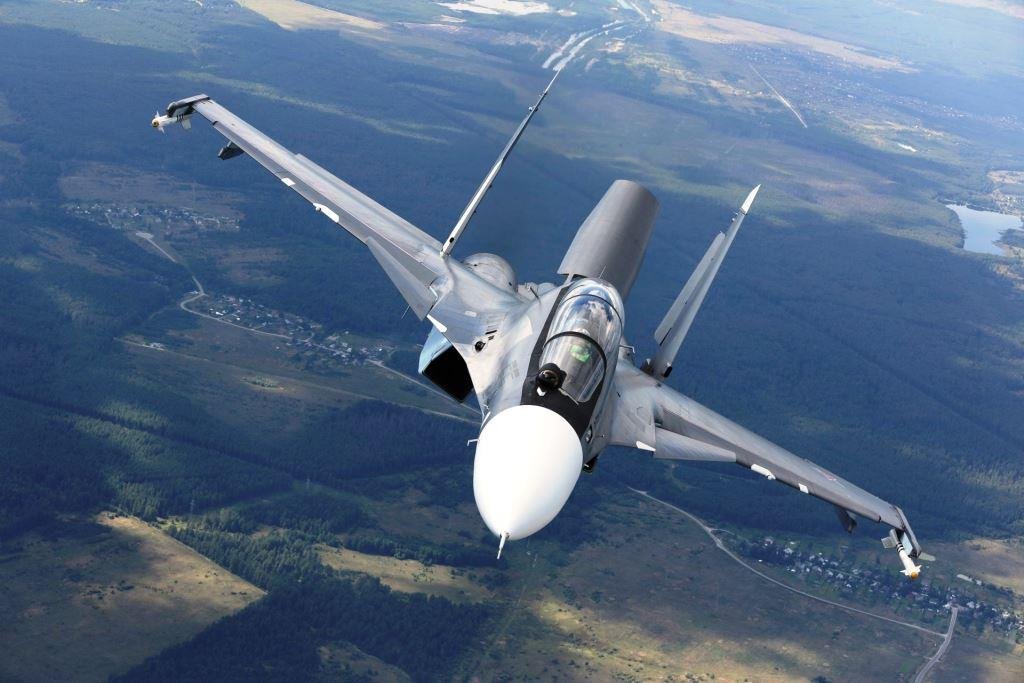
The Su-30MKI is a twin-jet, multi-role air superiority fighter developed by Russia’s Sukhoi Corporation and built under license by India’s Hindustan Aeronautics Limited (HAL). It is considered a fourth-generation plus fighter, as it features some 5th generation features such as advanced avionics and sensors, super maneuverability, and long-range capabilities. The aircraft is equipped with advanced avionics and sensor systems, such as a multi-mode radar, a helmet-mounted sight, and a passive electronically scanned array radar.
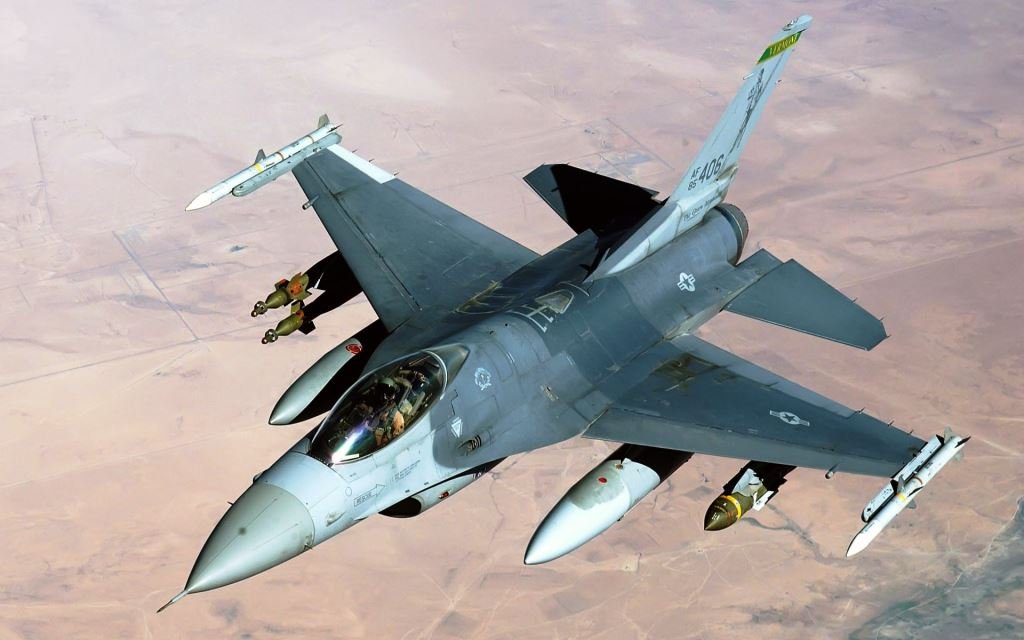
The F-16 Fighting Falcon, on the other hand, is a single-engine, multi-role fighter aircraft developed by General Dynamics (now Lockheed Martin). It is considered a fourth-generation fighter. This fighter jet was developed in the 1970s and 1980s. It is characterized by the integration of advanced avionics, sensors, and weapons systems. It is equipped with advanced avionics and sensor systems, such as a multi-mode radar, and a helmet-mounted sight.
When comparing the two aircraft, the Su-30MKI has a greater range, payload capacity, and endurance. This jet is equipped with thrust vectoring engines. It provides super maneuverability, a capability that the F-16 does not have. The F-16, on the other hand, is more agile and has a higher speed. Additionally, the F-16 is a single-engine aircraft and therefore has a lower maintenance and operating cost.
The Sukhoi 30 MKI vs The Dassault Rafale
The Sukhoi Su-30MKI and the Dassault Rafale are both highly advanced and capable aircraft that is well-suited for a wide range of missions. However, they have some distinct differences.
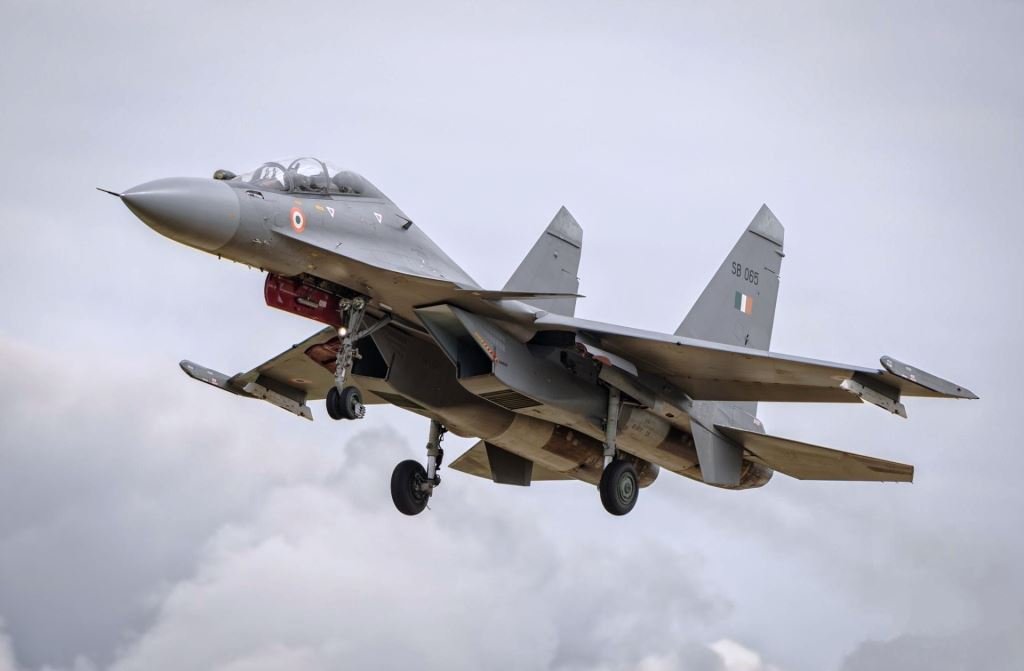
The Su-30MKI is a twin-jet, multi-role air superiority fighter developed by Russia’s Sukhoi Corporation and built under license by India’s Hindustan Aeronautics Limited. It is considered a fourth-generation plus fighter, as it features some 5th generation features. The aircraft is equipped with advanced avionics and sensor systems, such as a multi-mode radar, a helmet-mounted sight, and a passive electronically scanned array radar.
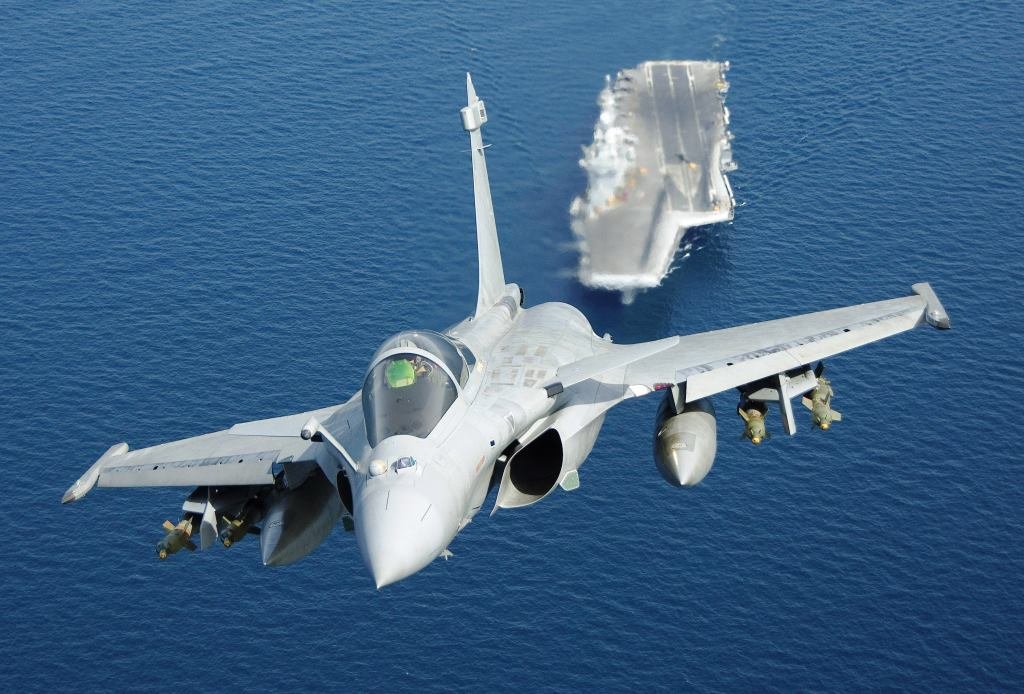
The Dassault Rafale, on the other hand, is a twin-engine, multirole fighter aircraft developed by French aircraft manufacturer Dassault Aviation. It is considered a fourth-generation plus fighter. The Rafale was developed in the 1980s and 1990s. This is characterized by the integration of advanced avionics, sensors, and weapons systems. Jet is equipped with advanced avionics and sensor systems, such as a multi-mode radar, and a helmet-mounted sight.
When comparing the two aircraft, the Su-30MKI has a larger payload capacity, range, and endurance. The Su-30MKI is also equipped with thrust vectoring engines. It provides super maneuverability, a capability that the Rafale does not have. The Rafale has more advanced avionics and weapon systems, and a better radar cross-section, making it more stealthy. Additionally, The Rafale is equipped with an active electronically scanned array radar, which allows for better target acquisition and tracking.

